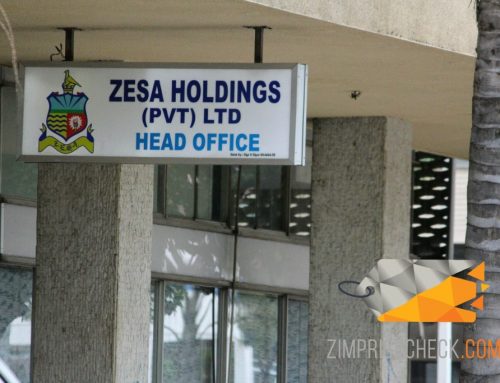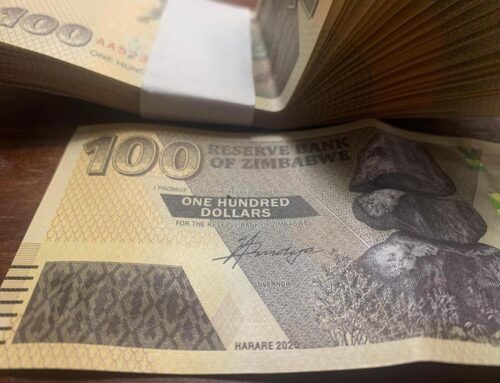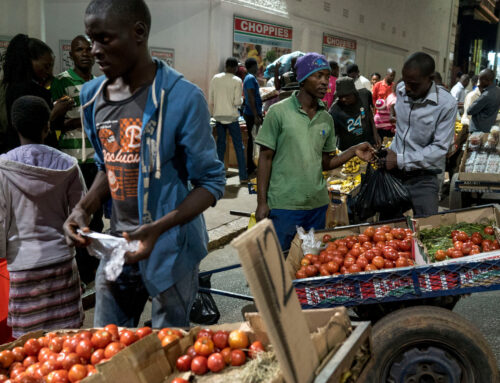During our recent survey, we noticed that the prices of various grains had increased with the staple maize now selling for US$410 per tonne and other grains such as sorghum selling for as much as US$500 per tonne. Zimbabwe had another poor summer season with erratic and less than normal rains. This decline in rains and irregular rain patterns has been blamed on climate change by experts. The country’s growing season and harvest were not helped by input shortages as well as price spikes. The Zimbabwean government and GMB have also made matters worse by insisting on setting prices based on nothing but their desire to keep them low despite shortages.
The government recently announced the following producer prices:
- Maize farmers would get $100 000 ZWL (about US$105) plus US$90 per tonne making a total of US$185
- For traditional grains, they would get the same per tonne
- Soya bean farmers would get $228 660 ZWL per tonne plus US$90 which makes a total of around US$310
- Sunflower farmers will get paid the most as the crop has a gazetted price of $274 392 ZWL plus US$90 which makes a total of about US$370 per tonne
The destructive power of command agriculture
The Second Republic has made it a habit of turning market-driven sectors of the economy into planned sectors. The agriculture sector has fared badly under this policy. On one hand, the government understand that they need to provide a way for farmers to get inputs. They have dished out inputs for free at the expense of the taxpayer. Farmers have not only habitually defaulted on input loans they have sometimes sold these inputs and pocketed the money without even bothering to plant anything.
More ominously the government has insisted on setting prices for agricultural produce. These prices do not seem to be informed by anything else except a desire to keep prices low even if the prices are not viable. Practically all inputs are sold in USD with a 50kg bag of fertilizer selling for around US$35. On the other hand, the government insists on paying in ZWL, a volatile currency that no one least of all farmers wants or can use. You cannot use ZWL to buy fuel in Zimbabwe and yet the government is fostering this currency on farmers.
The black market splashes cash
In Zimbabwe, there is now a black market for practically everything. Wherever the government introduces laws and bans the black market follows with wads of cash and arbitrage opportunities. The grain sector is the latest and selling grain on the black market pays well:
- A bucket of maize about 16.5kg sells for US$7. This means that if you are a farmer you will get US$410 per tonne. Not only do you get paid in USD on the spot, you also make much more than what the GMB is offering to pay you at some future date.
- For traditional grains, a bucket can sell for as much as US$12 which means a total of US$720 per tonne. That is more than 3 times what the GMB is offering.
- A bucket of soya beans is also selling for US$12 at Mbare.
No rational farmer will want to deliver their grain to the GMB given what they are offering. The government is probably aware of this which is why they have threatened to use soldiers to coral farmers and coerce them to deliver to the GMB. That was probably an anguished threat that they would never follow through-hopefully. Doing this will only create more shortages so will setting producer prices in an unstable currency. The government should let the market fix most of the economic woes we are facing instead of blindly going about like bulls in a China shop and breaking everything.









Leave A Comment